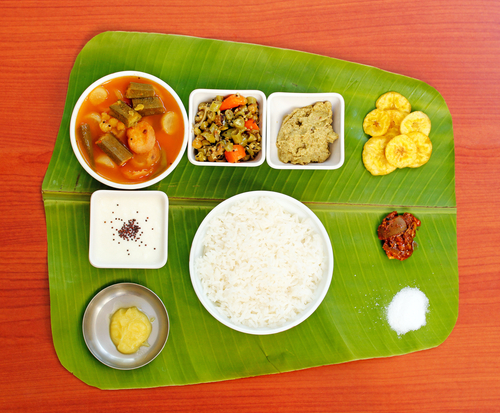
Photo: Shutterstock
The number of people with diabetes is increasing in India. The disease is linked to a diet of high fat and calories and a less active, more sedentary lifestyle, and up to now it was generally believed to be a disease that only affected the affluent. However, in a surprising finding, it is now afflicting the urban poor as well. Moreover, its prevalence is also increasing in the south of India, which has generally been considered to have a better health profile.
According to Food Navigator-Asia, the Indian government’s National Programme for Prevention and Control of Cancer, Diabetes, CVD and Stroke (NPCDCS), found that one out of four people in the urban slums of Chennai have diabetes. The national average is less than a third of that at 7%. Experts believe this is due to changing diets where people are increasing their consumption of packaged foods that are high in calories, sugar and animal fat, while also lower in vitamins and minerals than food based on whole vegetables and fruits.
Traditional Indian snacks can also contribute to the problem. “It is a false belief that only those eating burgers and pizzas can get obese and develop diabetes. High consumption of fried items such as kachori, samosa and gulab jamun can also led to the onset of diabetes,” Dr H P S Sachdev, senior consultant pediatrics at Sitaram Institute of Science and Research, told the Times of India.
Turning to the rising rate of diabetes in the south, it may be that the traditional use of coconut oil for cooking and the region’s affinity towards rice are contributing factors. A diet high in saturated fats, like coconut oil, and carbohydrates, like rice, needs to be balanced with portion control, activity and exercise. Eating white rice can greatly increase the chances of developing Type 2 diabetes, research has shown. According to the article, a study by the Harvard School of Public Health found that those who ate three to four servings of rice a day were 1.5 times more likely to have diabetes than those who ate fewer servings.
If people are consuming more of these foods (the article doesn’t say so explicitly), that could explain the increase in the incidence rate and why the disease is more prevalent in the south than in the north. What is also needed is an up-to-date survey of the nation’s eating habits. The last district-level nutrition survey of the country was released in 2013.
Share your thoughts, leave a comment below. Please like FamiLife’s page on Facebook so that you get all our articles and others may find us.
